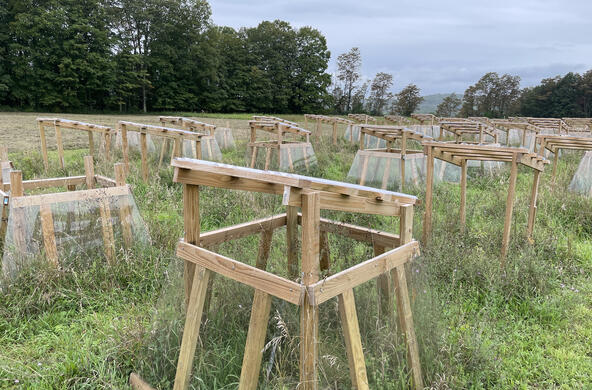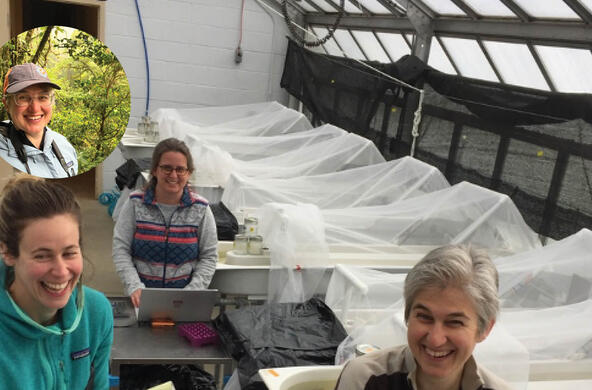Antibiotic-tainted waterways may breed super-bacteria in the aquatic arteries of America's cities.
A recent study found antibiotic-resistant bacteria flourishing in Chicago's urban creeks and rivers at more than double the rates of woodland waterways. Stream beds in some of those urban aquatic areas also contained more than 100 times the concentration of the common antibiotic triclosan than in rural areas and ten times as much as in suburban areas.
Triclosan concentrations reached their highest levels in areas where sewage entered urban waterways after overflowing from pipes leading to treatment facilities. The antibiotics likely entered the sewage after people washed antibacterial soaps and other products down the drain.
"The bacterial resistance caused by triclosan has real environmental consequences," said Emma Rosi, aquatic ecologist at the Cary Institute of Ecosystem Studies and co-author of the paper published in Environmental Science and Technology in a press release. "Not only does it disrupt aquatic life by changing native bacterial communities, but it's linked to the rise of resistant bacteria that could diminish the usefulness of important antibiotics."
Triclosan contamination also bred resistant bacteria in simulated streams constructed in greenhouses as part of Rosi-Marshall's study. Plus, the ecosystems of the waterways shifted to favor cyanobacteria over algae. Since many aquatic animals depend on algae for food and other resources, a decline in algae could damage the rest of the food web.
"Cyanobacteria are less nutritious than algae and can produce toxins," said Rosi-Marshall.
Manufacturers include triclosan in numerous consumer products, from toothpaste to toys, with the goal of reducing bacterial build-up on our bodies and possessions.
However, there is only one proven case of a triclosan-treated product reducing disease rates, according to the Food and Drug Administration. The chemical has been proven effective in reducing gingivitis when used in toothpastes. Other studies, reviewed in the Journal of Food Protection, suggested that washing with anti-bacterial soaps can reduce germ populations on the hands, although it is difficult to directly correlate that reduction with an actual decline in disease.
On September 5, consumer goods giant Proctor and Gamble announced that they would phase out the use of the triclosan in their products, reported the Examiner. Johnson and Johnson began moving away from triclosan in 2012, according to Beyond Pesticides. In 2011, Colgate Palmolive started reformulating products to remove triclosan, although the chemical will remain in some toothpastes.
Using triclosan only when necessary and proven effective could stave off the spread of fierce and deadly strains of bacteria. For example, washing with .3 percent triclosan helped eradicate an outbreak of the bacteria Staphylococcus aureus in a hospital nursery, according to a study in the American Journal of Infection Control. That bacteria had developed resistance to another antibiotic, methicillin.
If more bacteria develop resistance to triclosan, it will reduce doctor's ability to knock out dangerous infections.






